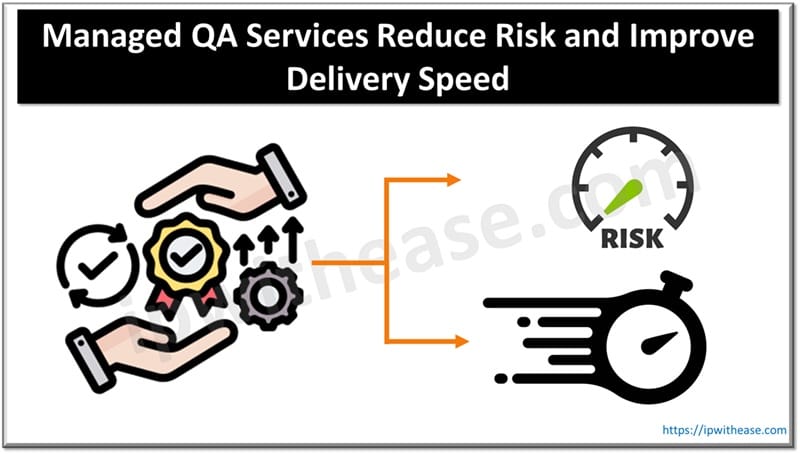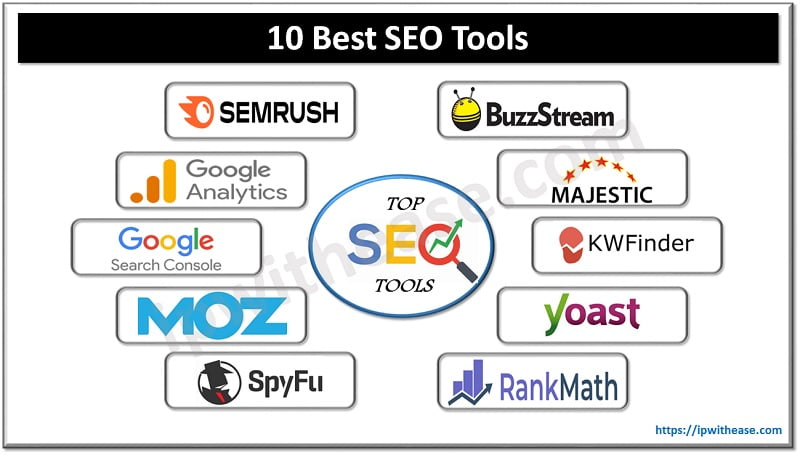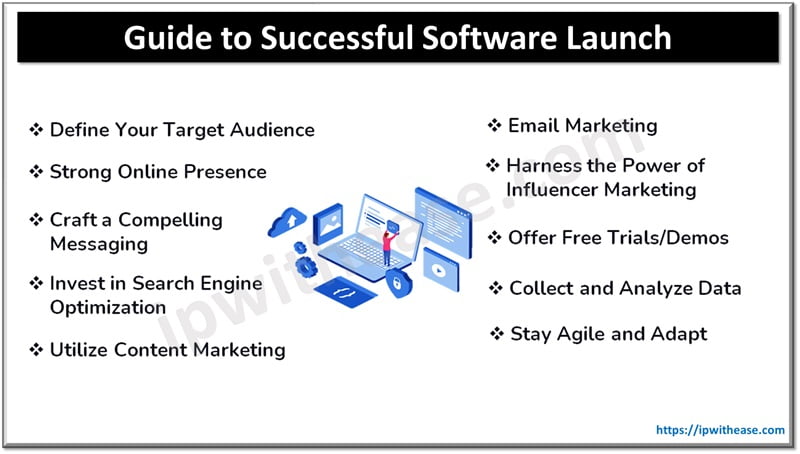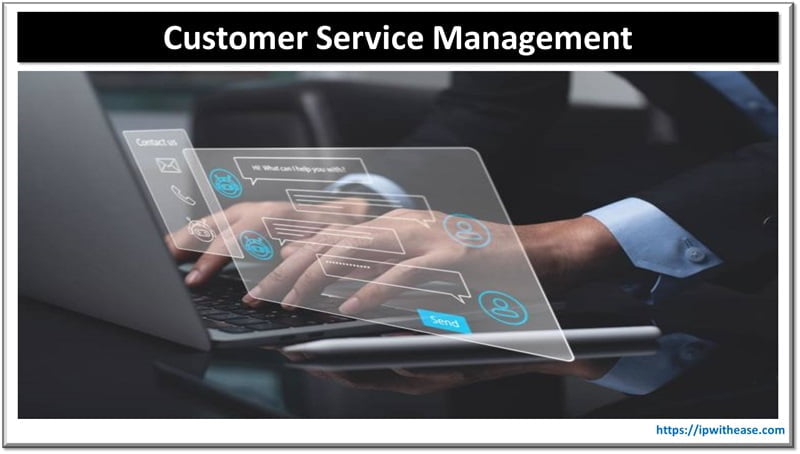Table of Contents
Speed means nothing if your software keeps breaking. And risk management doesn’t count for much if it slows your releases to a crawl. This is the tension of going fast and not going under, which characterizes modern software delivery. That is why managed QA services have become such a burning component of the functioning of successful tech companies.
Managed QA does not simply involve outsourcing testing. It is about creating a formal quality assurance capability that collaborates with your development process, integrating professional management, automation, and ongoing observation. QA is no longer a matter of finding defects at the finish line, but rather a component of the race, detecting risks sooner, verifying every build, and letting your teams concentrate on product development instead of firefighting.

The customer expectations are increasing, and the release cycles are getting shorter, so the margin of error is very thin. One defect that is missed can ruin user confidence or cause expensive rollbacks. The managed QA services minimize that risk and accelerate delivery, providing a balance between agility and reliability that is difficult to achieve with traditional in-house models.
You will find in this article how managed QA is used by organizations to not only attain velocity, but also confidence, both in deploying test automation at scale and in ensuring a consistent performance across cloud, mobile, and web platforms. We will also examine why this model is emerging as a pillar of companies that want to be able to compete internationally without compromising on the quality of software or speed of delivery.
Reducing Risk Through Managed QA Services
Proactive defect detection and prevention
The actual worth of controlled QA is in prevention, rather than response. Continuous testing systems enable defects to be identified early enough, when they are easier and less expensive to correct. Rather than finding problems at the point of release, managed QA teams apply automated testing to all development phases. Every commit, feature, or update is immediately validated.
The proactive strategy will make sure that bugs are not accumulated, regressions are not missed, and release schedules remain unchanged. Managed QA experts are a combination of automation and manual verification, where domain-specific testing criteria and real-world user scenarios are used. Those regularities foster confidence in the dependability of your product – particularly when the teams are operating at a high pace.
With dedicated oversight, quality stops being an afterthought and becomes part of the delivery rhythm. If your team hire dedicated .net developers to build critical systems, pairing them with a managed QA partner ensures every deployment meets strict performance and stability benchmarks before it goes live.
Compliance and security assurance
Quality of software does not only mean functionality, but also safeguarding information and fulfilling compliance requirements. Managed QA providers implement strict validation procedures that are compatible with such frameworks as ISO 27001, GDPR, and HIPAA. Security testing is not a one-time audit as a discipline.
QA teams can assist in preventing data leakage and making sure your application can survive in the real world by performing vulnerability testing, code reviews, and penetration testing. They are also able to keep traceable records on all testing stages, which simplifies regulatory reporting and increases its reliability.
This two-fold emphasis on quality and compliance minimizes the technical and legal risk. It makes you confident that your releases will not only do well, but they will also be able to withstand criticism by customers, regulators, and even stakeholders.
Accelerating Delivery Speed with Structured QA Management
Streamlined workflows and automation
Speed in software delivery depends on how quickly teams can find, fix, and validate changes. Software delivery speed is determined by the rate at which teams can locate, rectify, and test modifications, and that is where automation has the most significant impact. Managed QA services incorporate automated testing tools in CI/CD pipelines, removing manual repetitive tasks and reducing test cycles from days to hours. Regression, performance, and API tests can be run concurrently and provide immediate feedback to the developers when each code commit is made.
This ongoing confirmation forms a smooth cycle between the QA and engineering. Bugs are detected early, fixes are checked immediately, and release candidates remain stable during the sprint. The outcome is a faster delivery pipeline without loss of control. Structured automation not only tests more effectively but also creates predictability in each release.
These frameworks are also used to provide a consistent coverage of browsers, devices, and configurations when dealing with large-scale or multi-environment projects. The consistency is particularly useful in cases where updates are being made on a weekly basis or when a number of teams are making a commitment towards the same codebase.
Scalable QA resources and expertise
The apparent stalling of software delivery is not always due to the complexity of the code, but rather to the inability of QA capacity to keep pace. Managed QA providers address that issue by providing scalable testing capacity – increasing or decreasing as your project grows. You can scale your QA capacity on demand, whether you are introducing a new product or releasing a number of products simultaneously, without the cost of recruiting or training.
This flexibility is accompanied by access to automation, performance, and security testing specialists. Their knowledge is an addition to your in-house team, and thus you can stay fast even in the peak development cycles.
As QA operations are fluid and testing professionals work side by side with the developers, you will have what all product leaders desire – faster delivery, greater confidence, and fewer surprises after the release.
Conclusion
The need to strike a balance between the speed of delivery and quality and risk management has become one of the largest issues in software development, and that is where managed QA services come in to save the day. They integrate automation, constant monitoring, and human supervision to come up with a system in which testing is an extension of development instead of a last step prior to release.
The most interesting thing is that this model is very effective in transforming unpredictability into structure. Managed QA teams to identify problems when they are small and manage compliance, as well as maintain performance in all deployments. What is produced is software that runs at a high speed yet never in a rushy manner, where each sprint is accompanied by a sense of progress and confidence.
A managed QA approach is not only a way of enhancing the efficiency of testing, but also a way of establishing predictability in the whole delivery process. It enables organizations to deliver faster, minimize rework that is expensive, and enhance product reliability in the long run. That tradeoff between speed, stability, and control is the basis of sustainable software success in the long term.
ABOUT THE AUTHOR
IPwithease is aimed at sharing knowledge across varied domains like Network, Security, Virtualization, Software, Wireless, etc.



